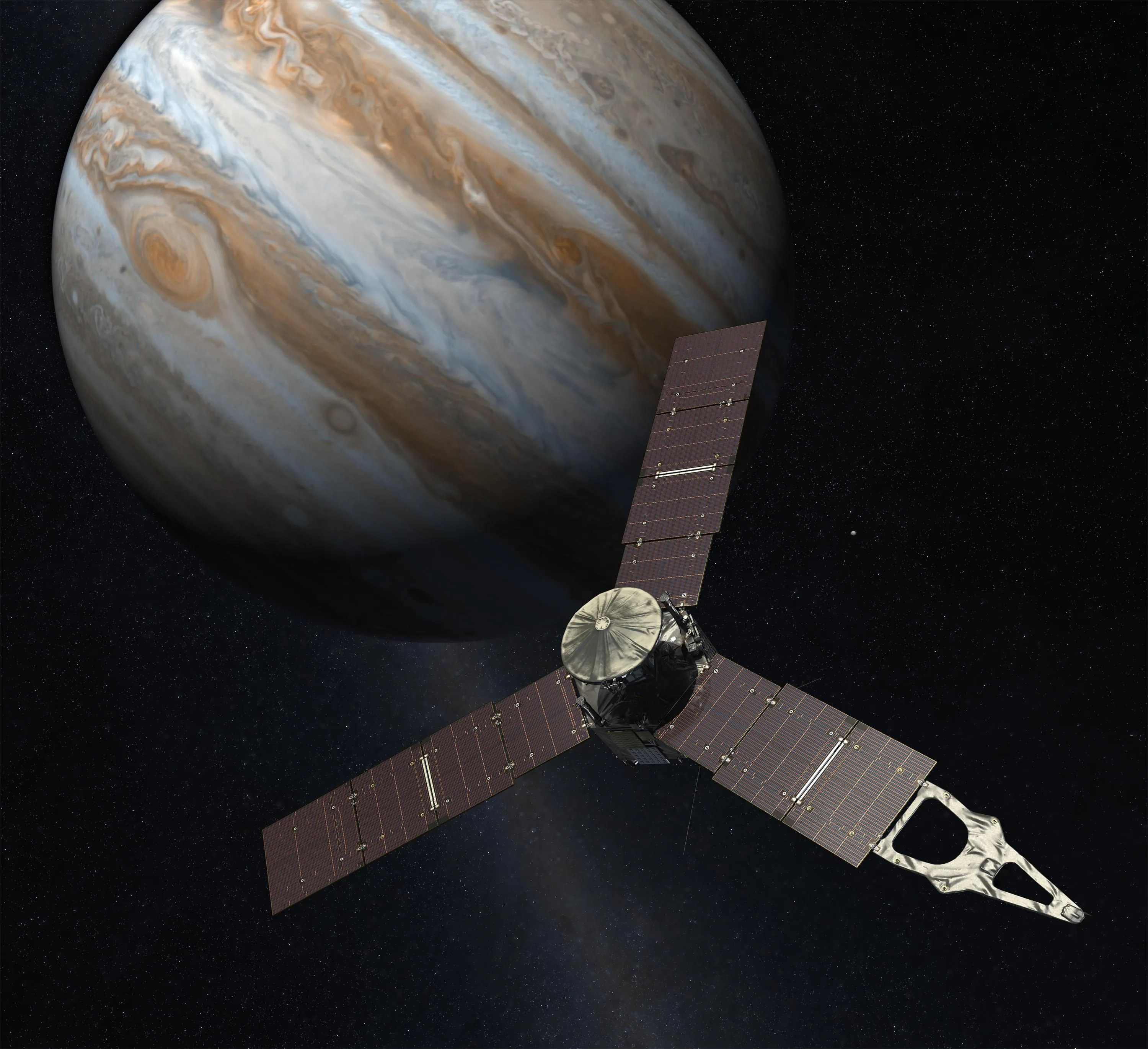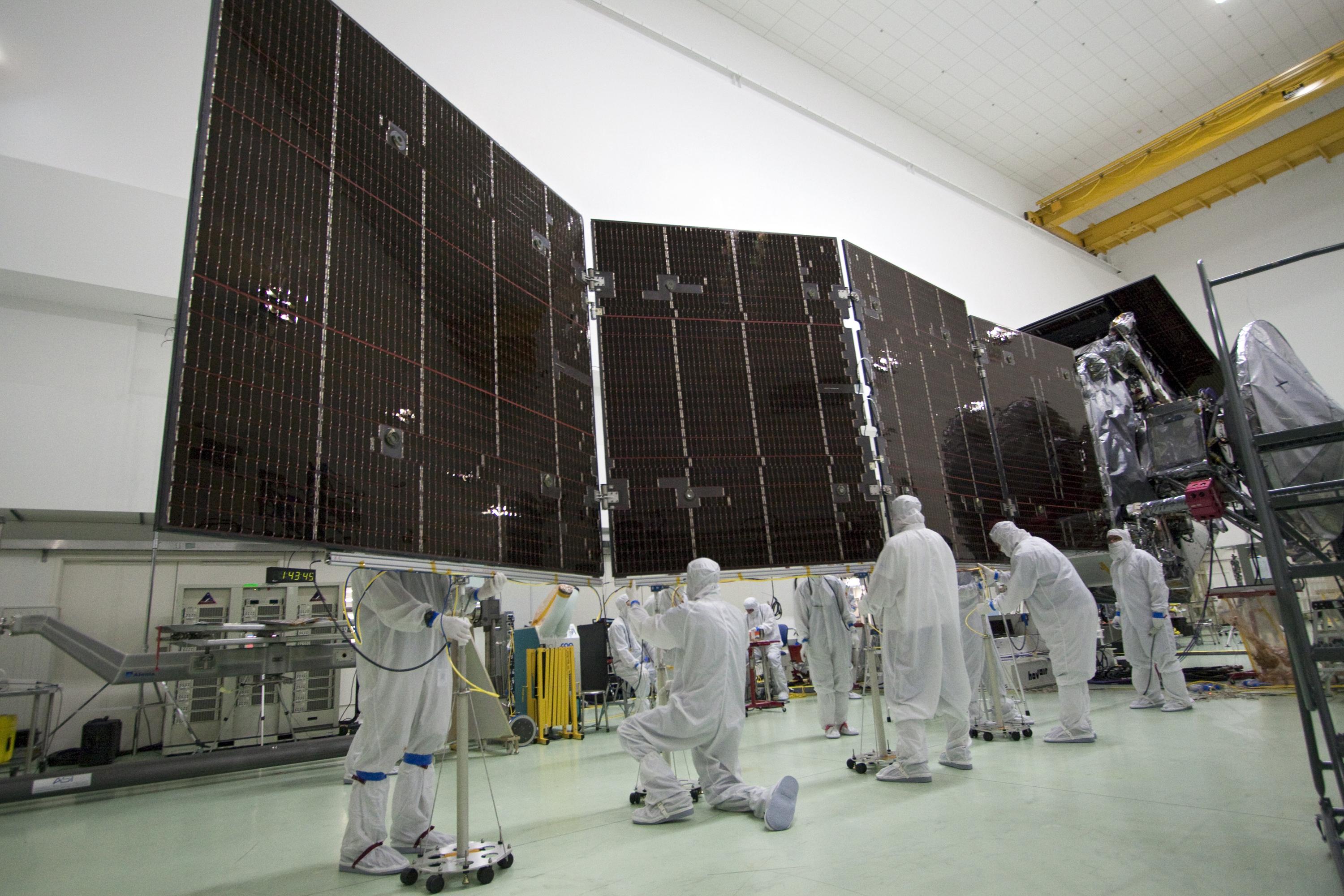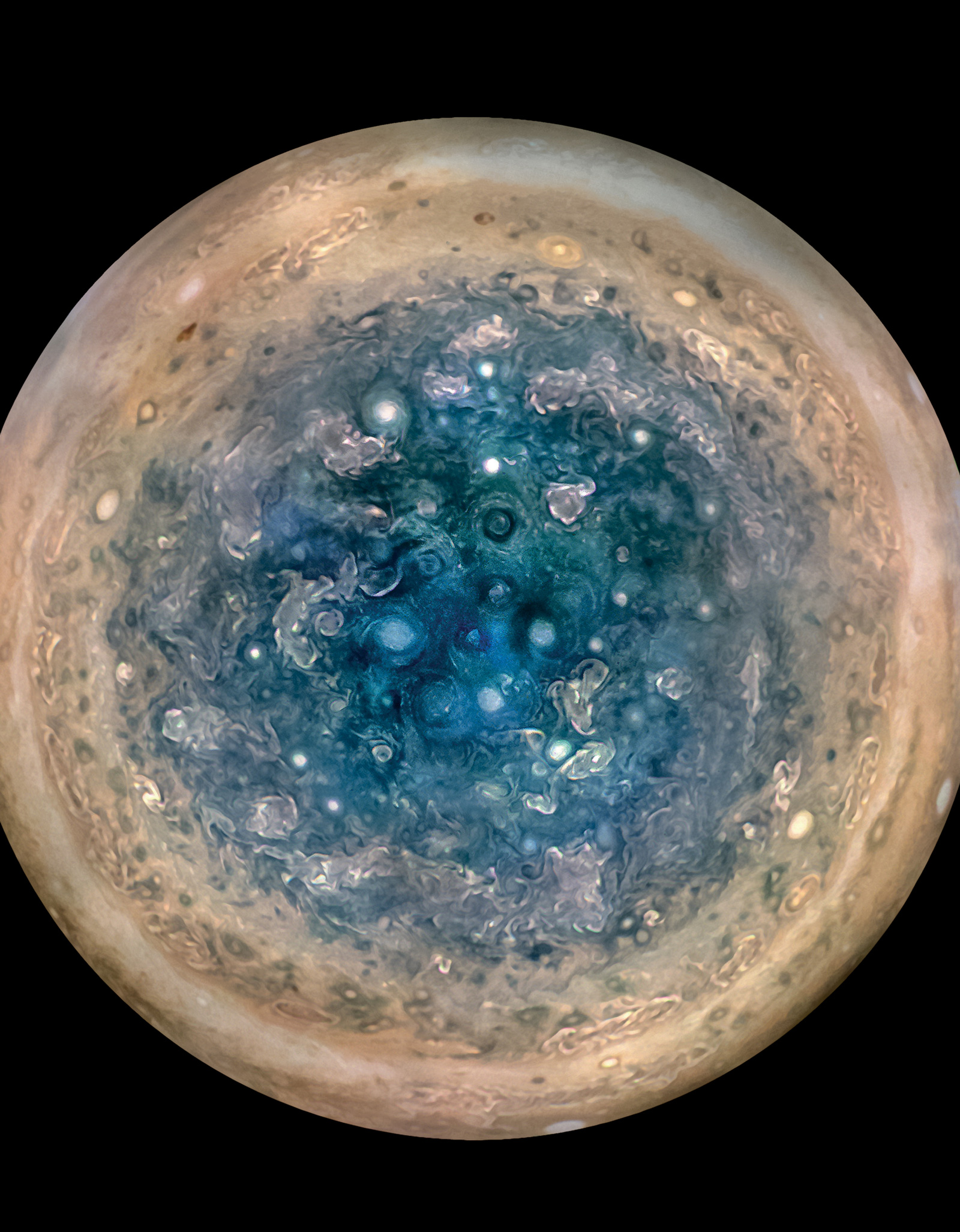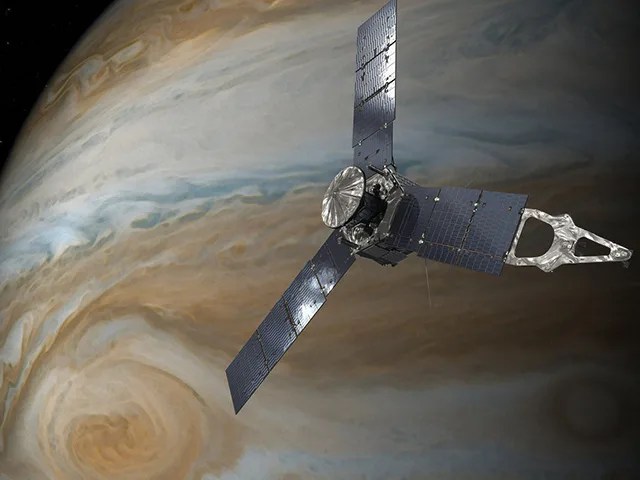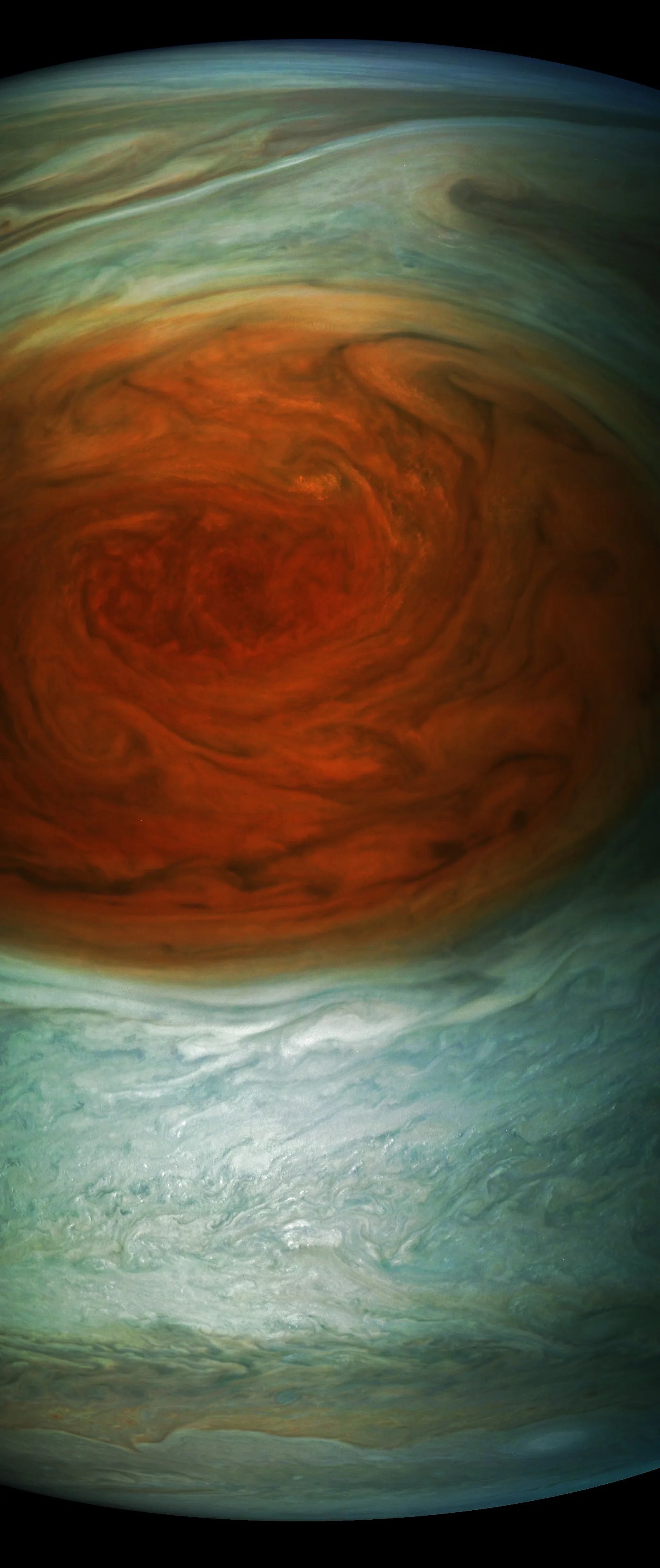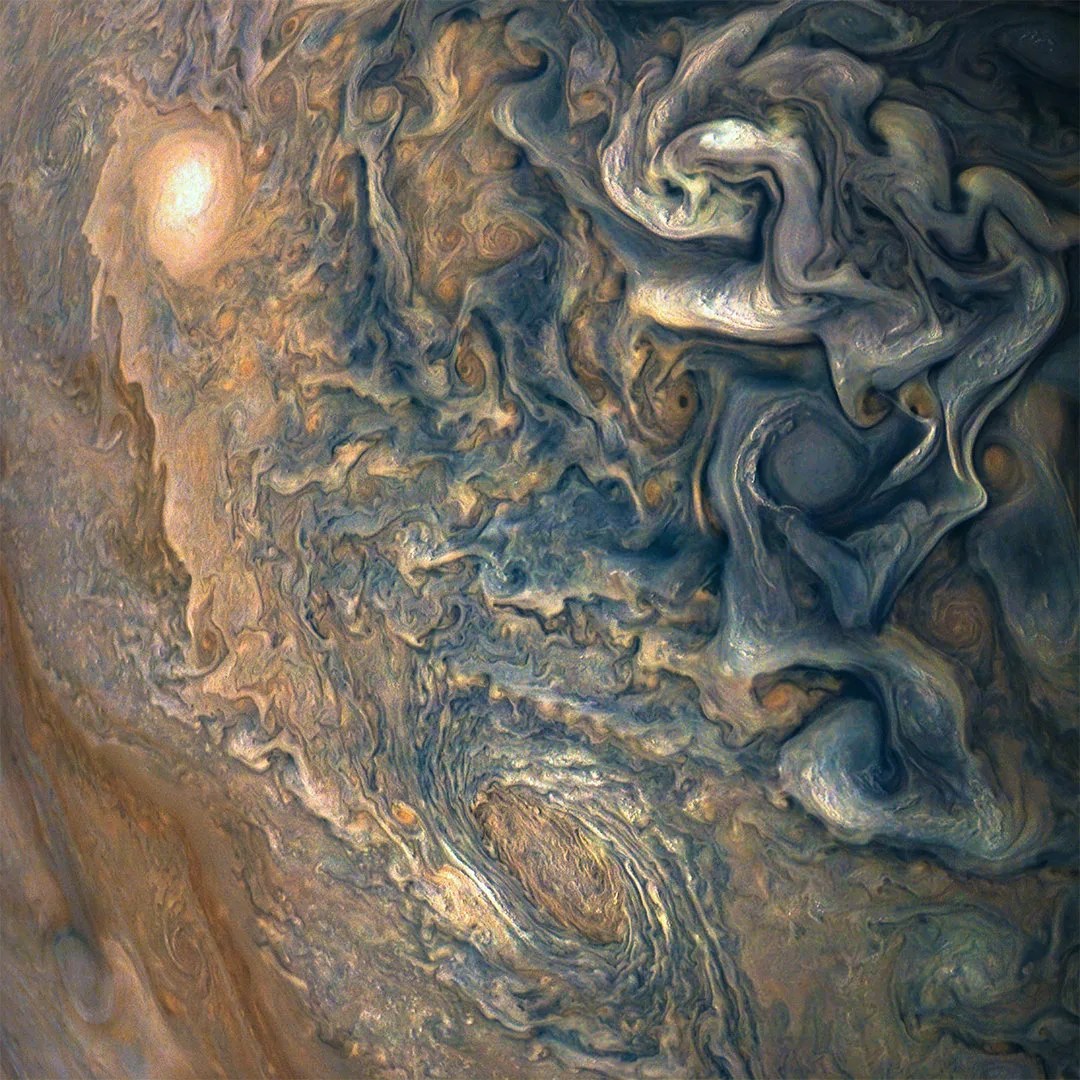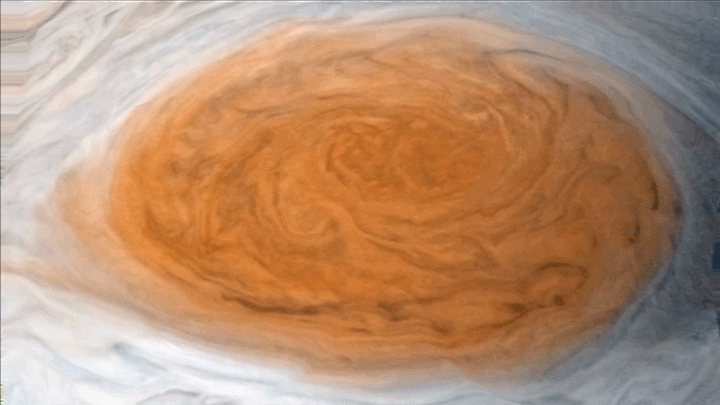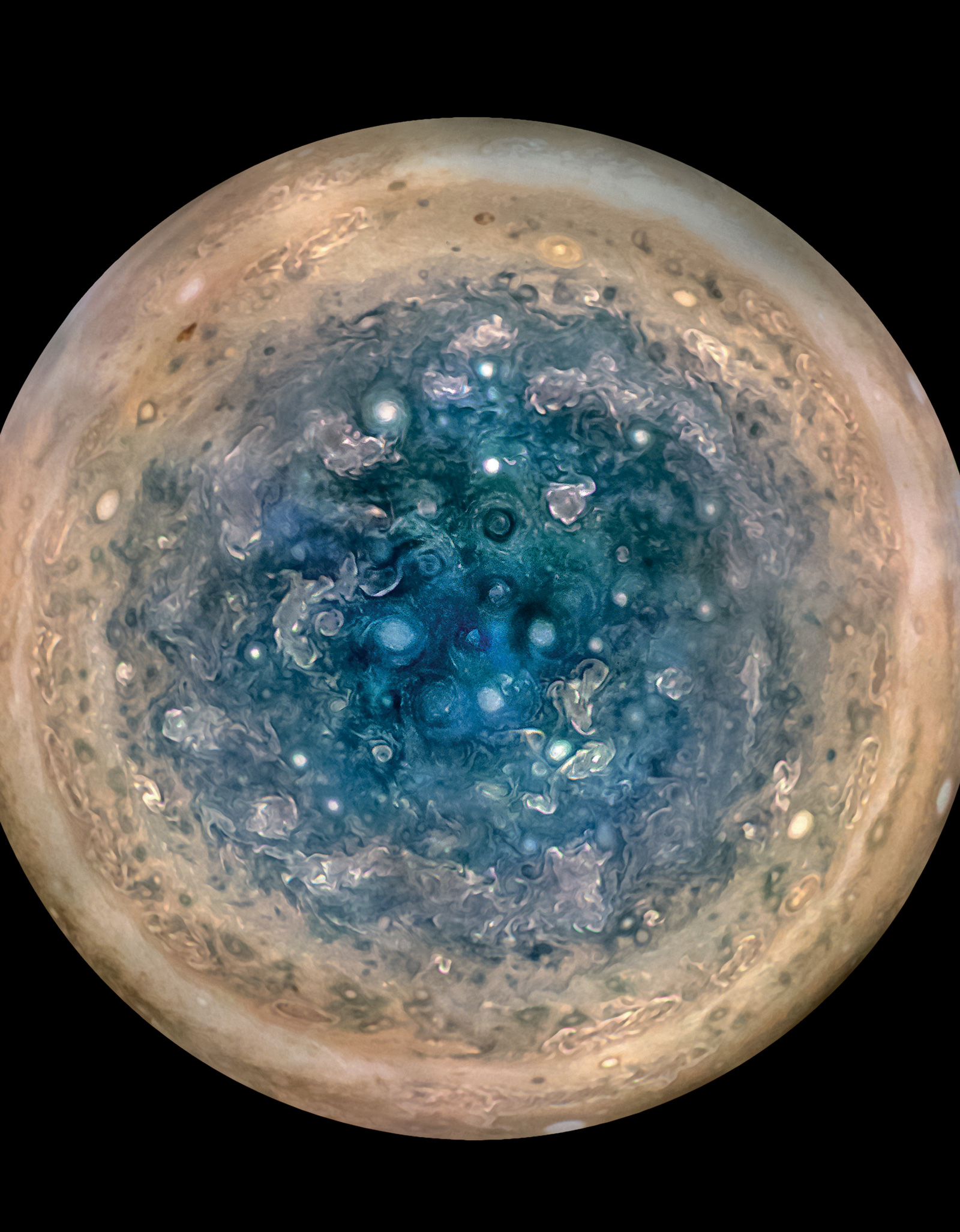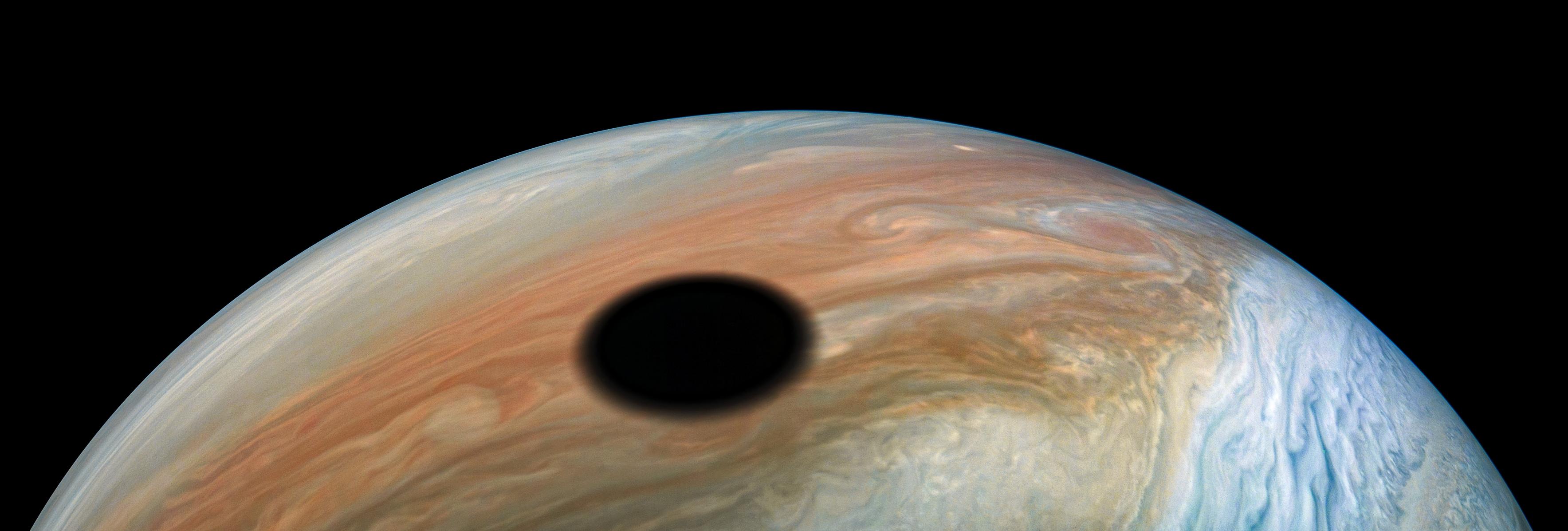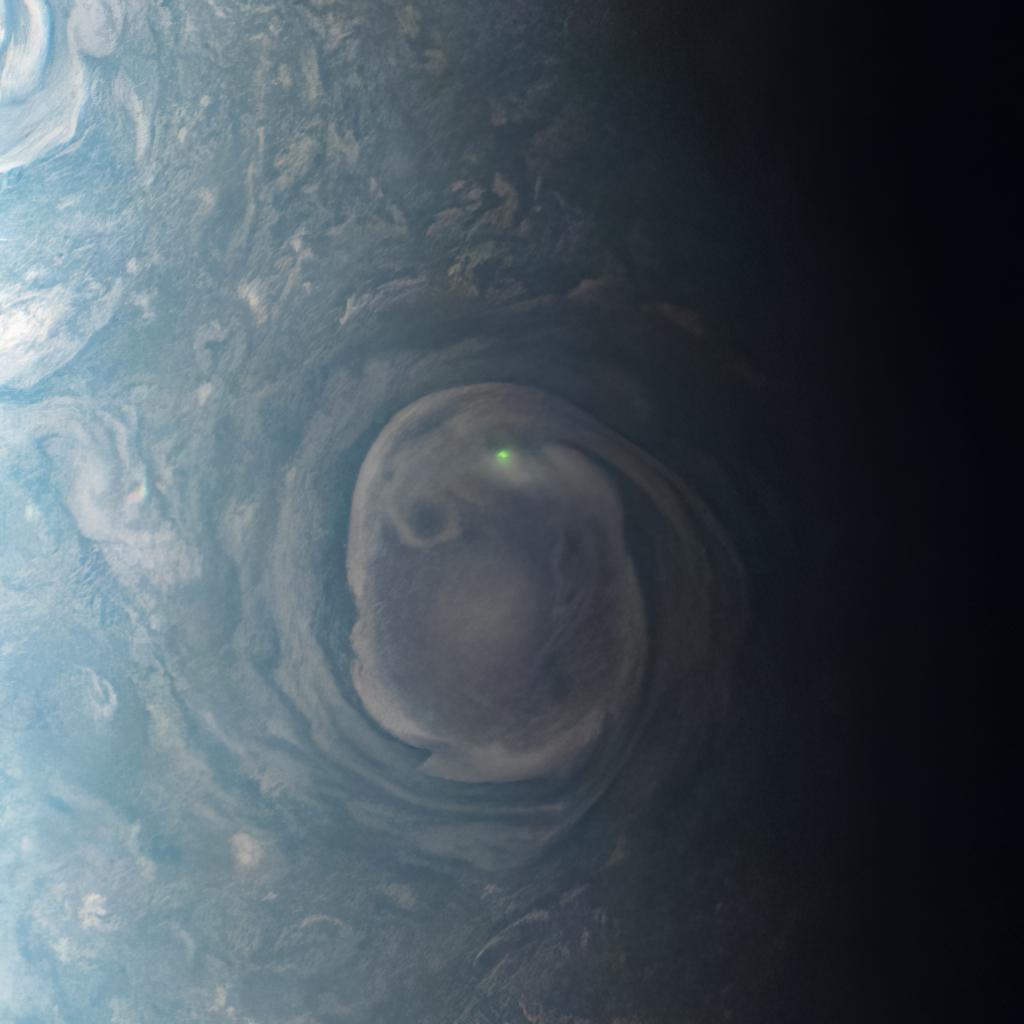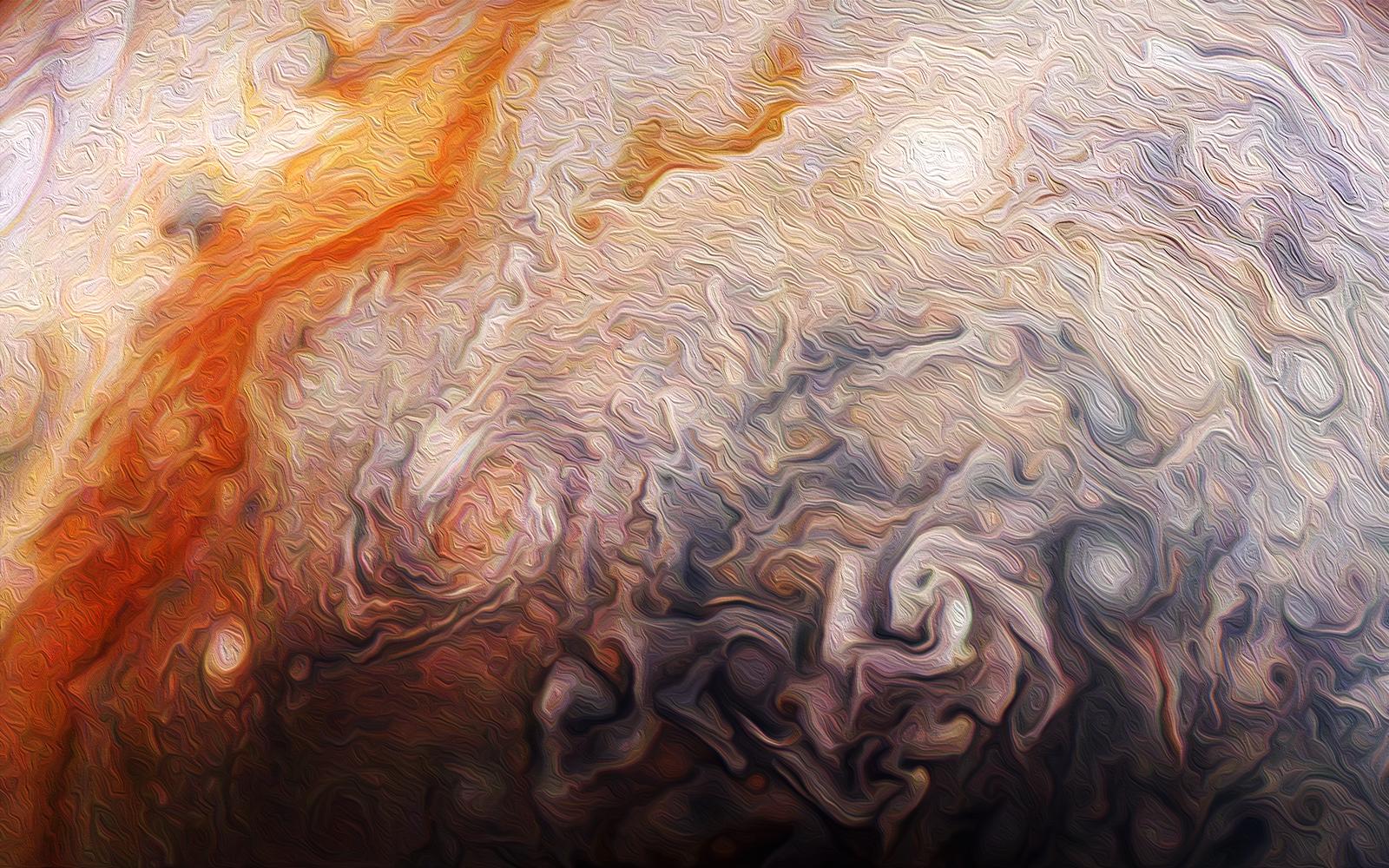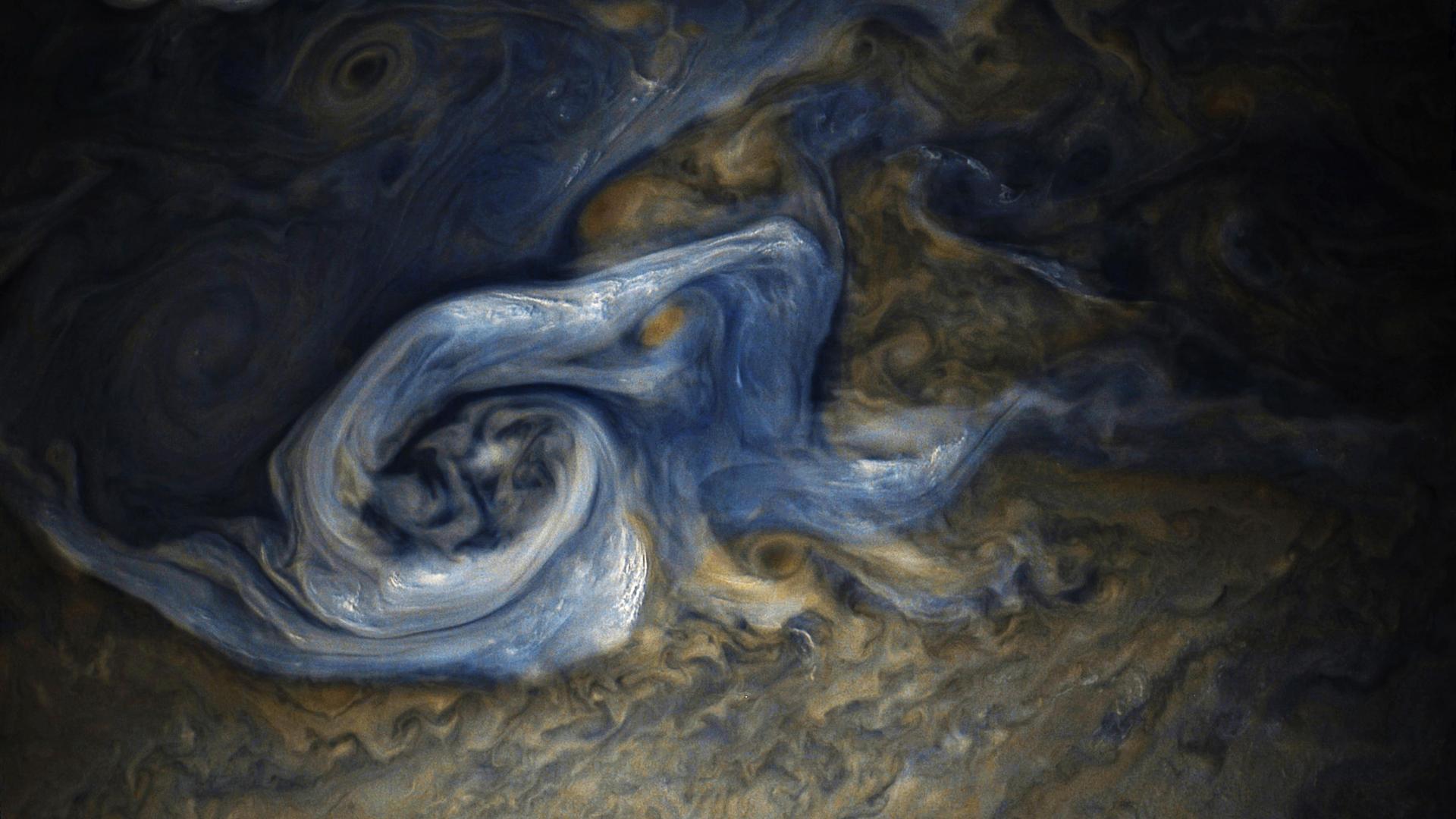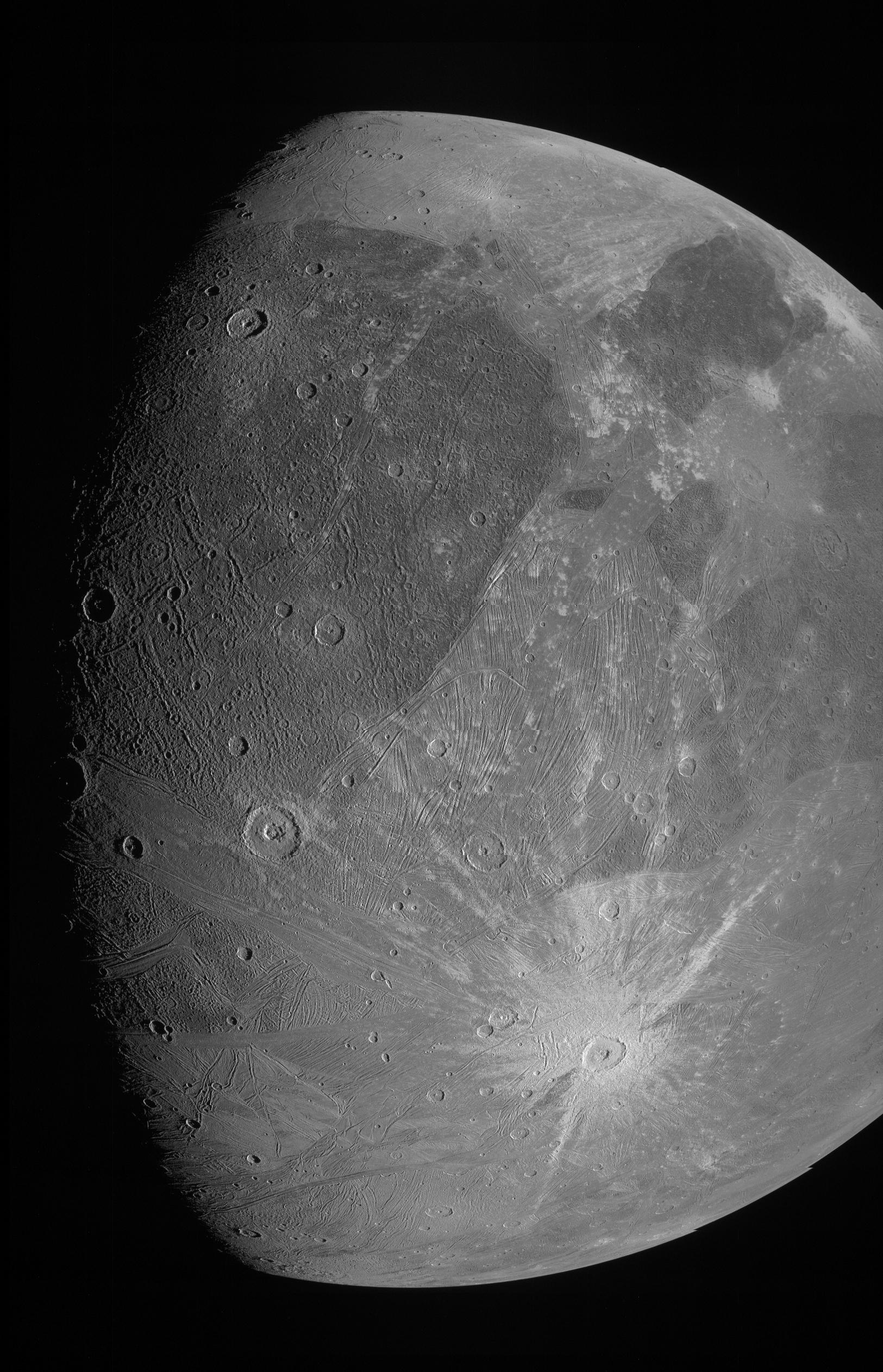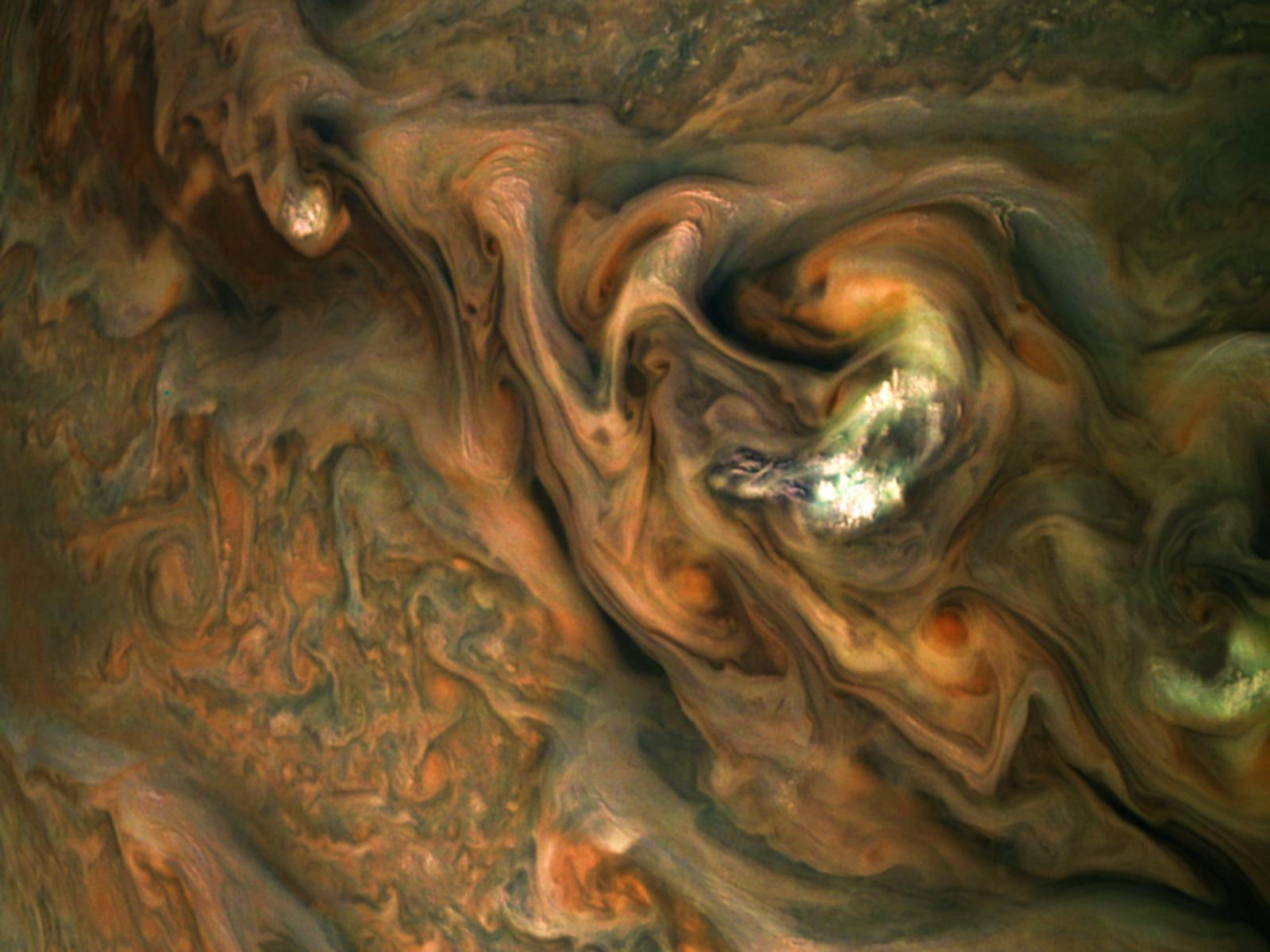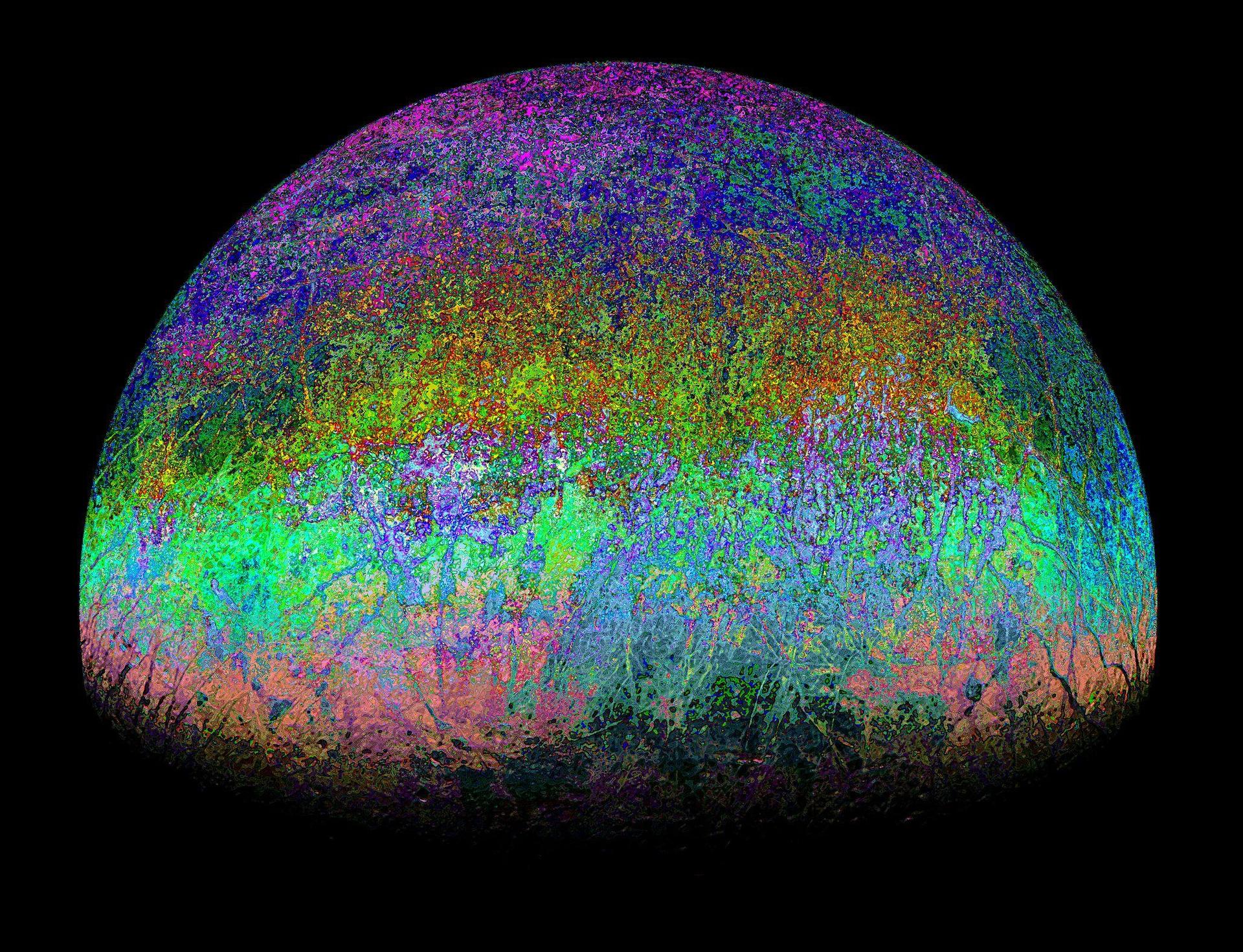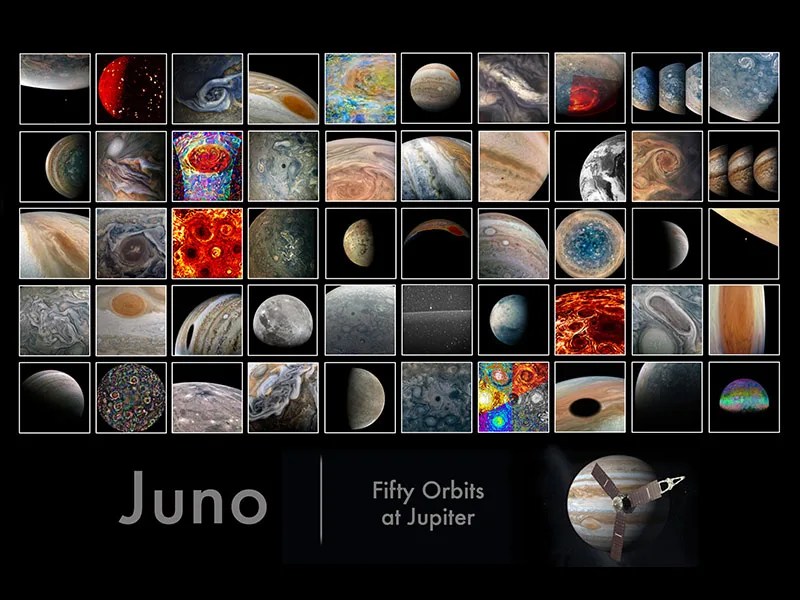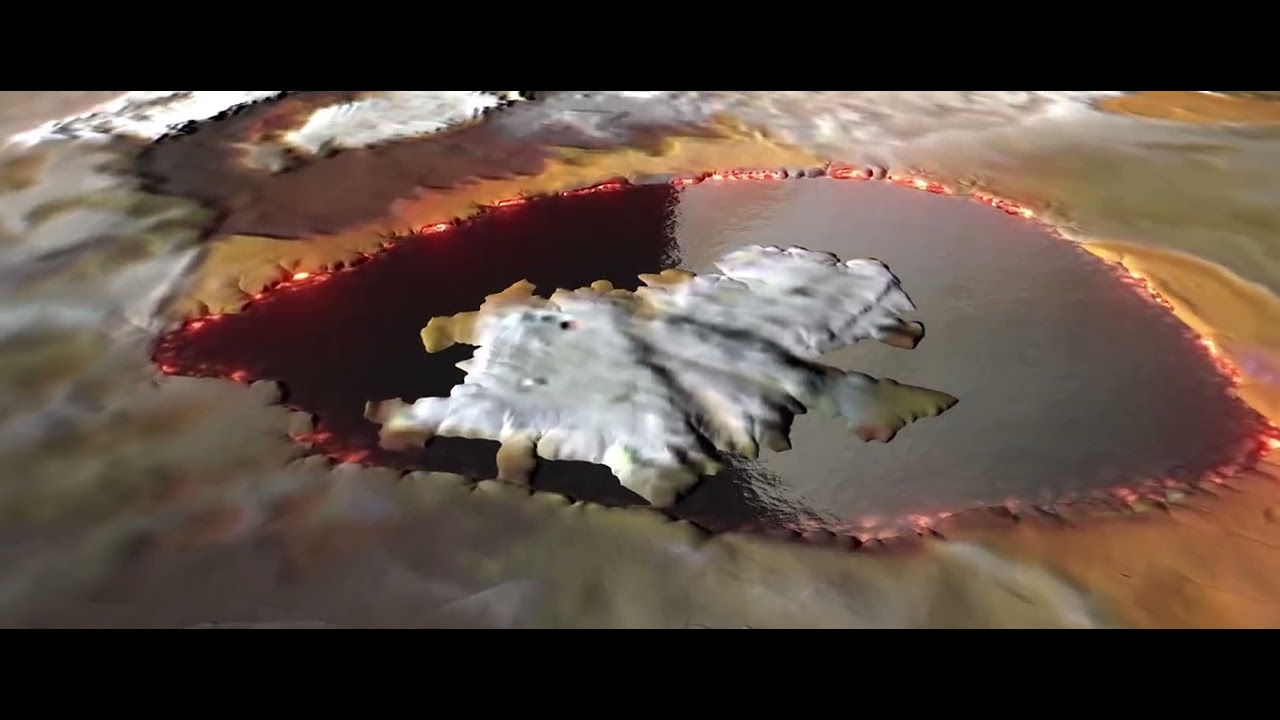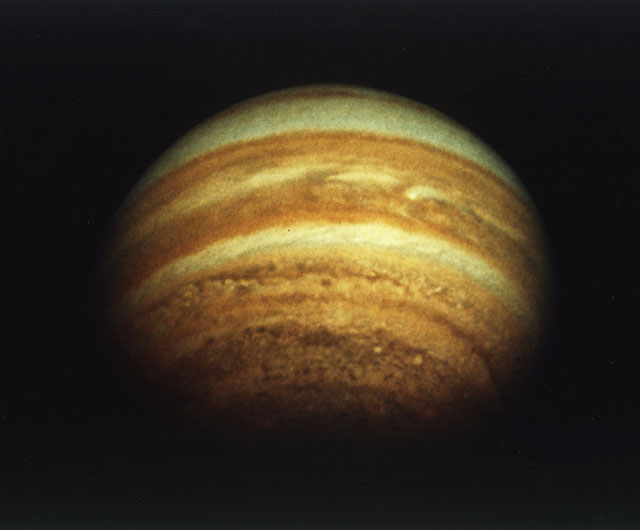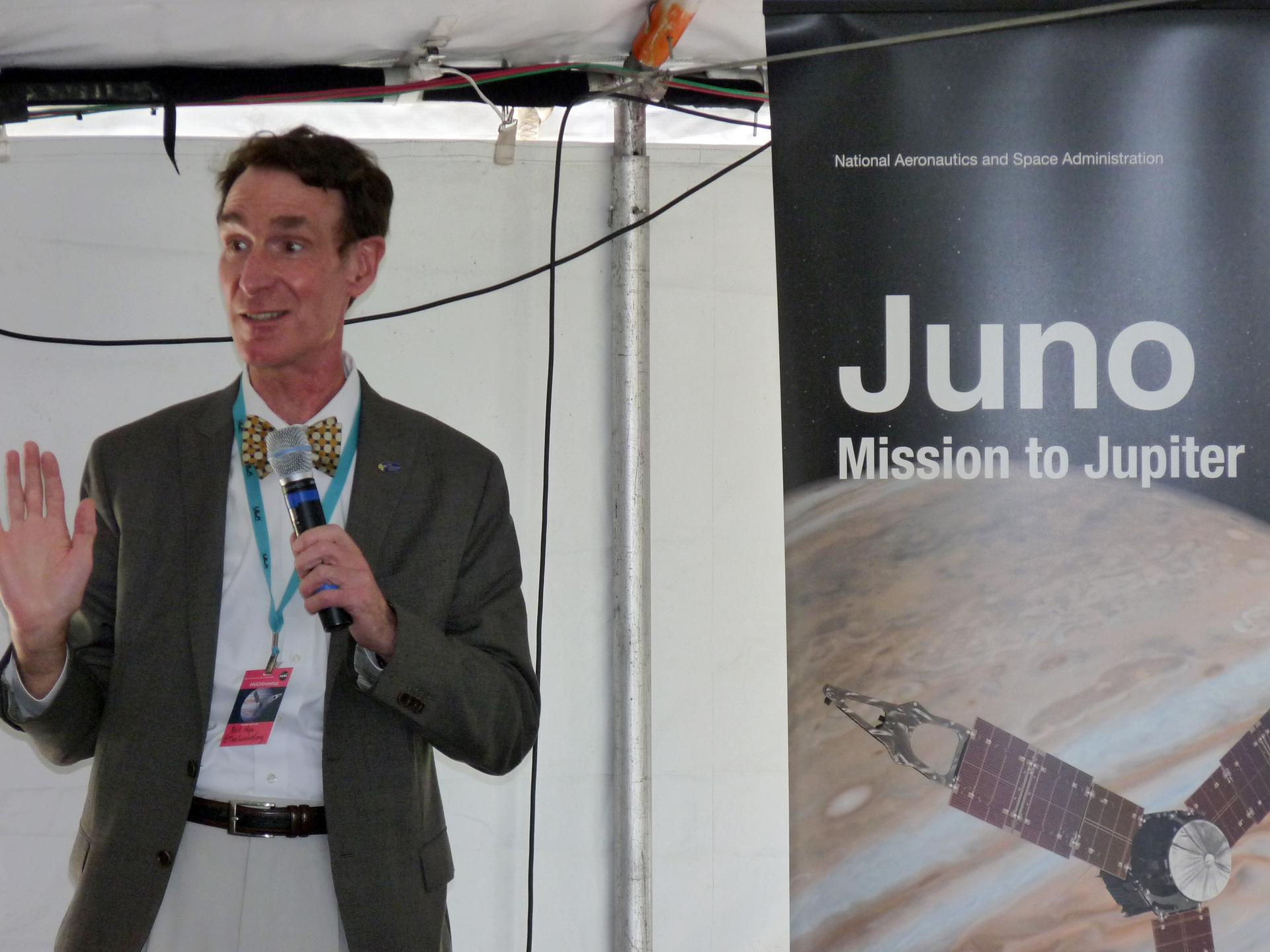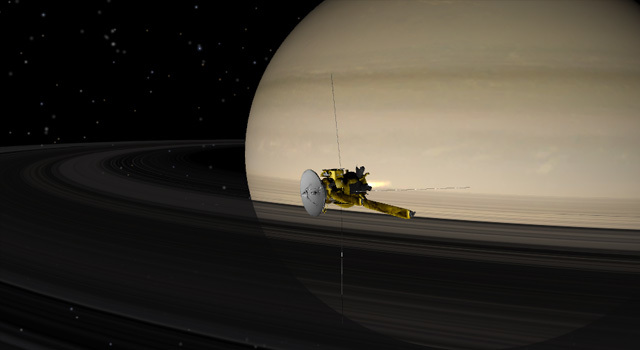Juno
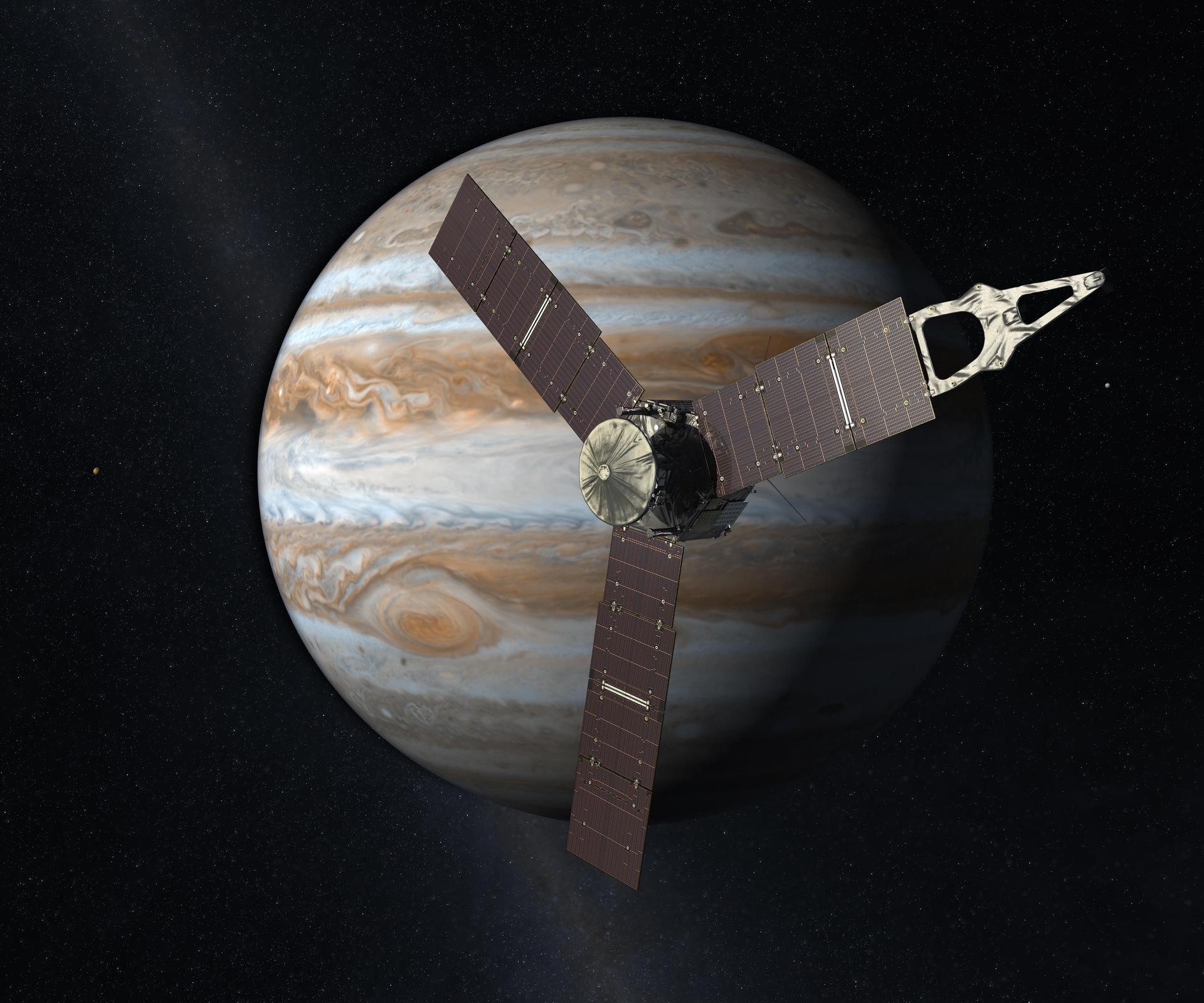
juno firsts
After enduring a five-year, 1.7 billion-mile journey from Earth, and navigating the dangerous radiation in Jupiter's extensive magnetic field, Juno has provided breathtaking images and breakthrough discoveries from Jupiter and its moons. And in their quest to engage and inspire the public, the Juno mission team shares the data and pictures with the world, fueling citizen science and creative artistry.
Embarking on 53-day orbits reaching from Jupiter’s cloud tops to the frontiers of its magnetic field, Juno has upended our views of the gas giant and its surroundings. The spacecraft recently answered a decades-old question about winds on Jupiter extending hundreds of miles toward the planet’s interior. Juno is scheduled to continue investigating the solar system’s largest planet, its moons, faint rings, and surrounding environment through September 2025.
Art and Science: A Sampler of Jupiter Images from JunoCam
Latest Juno News
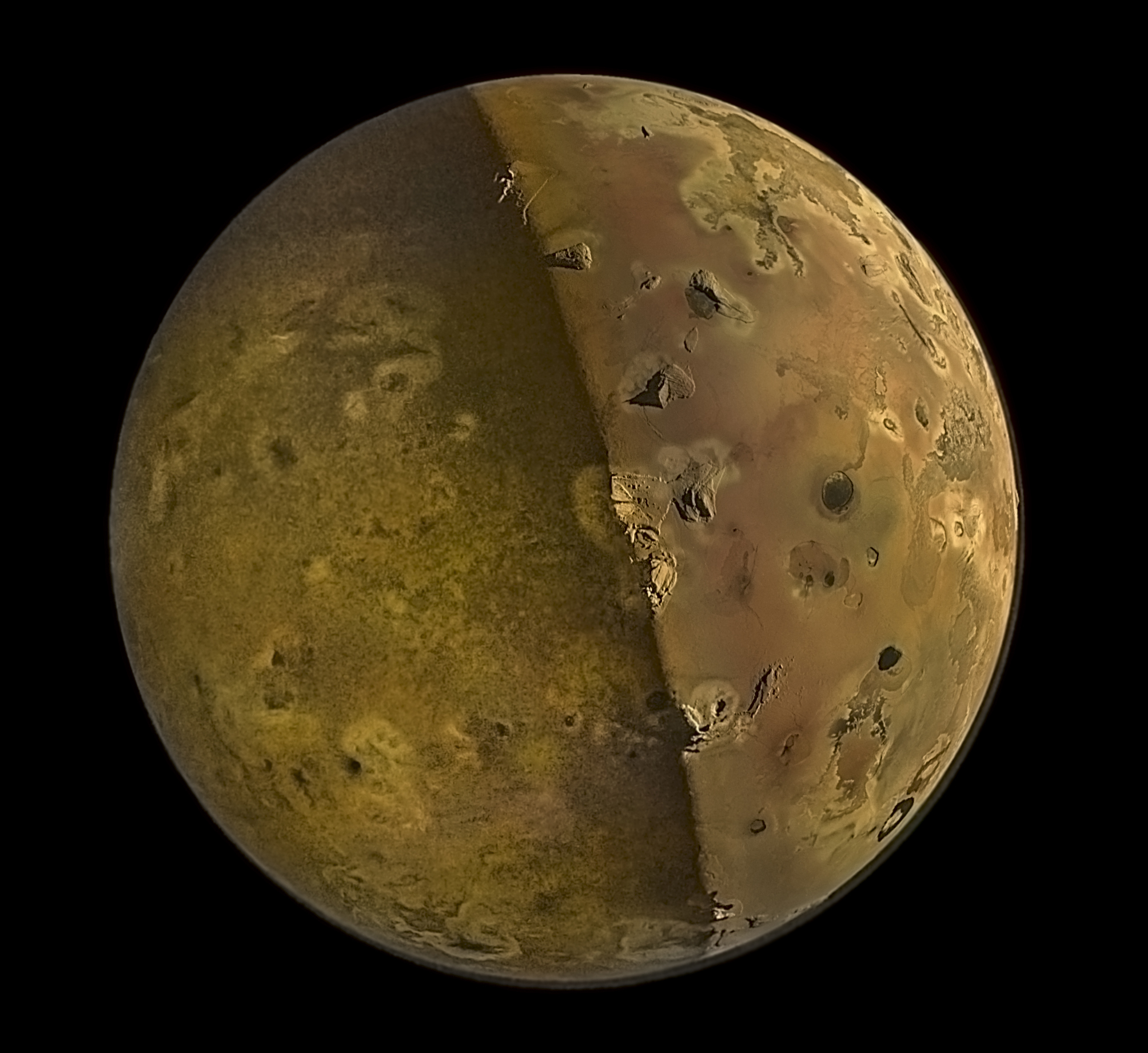
For Your Processing Pleasure: The Sharpest Pictures of Jupiter’s Volcanic Moon Io in a Generation
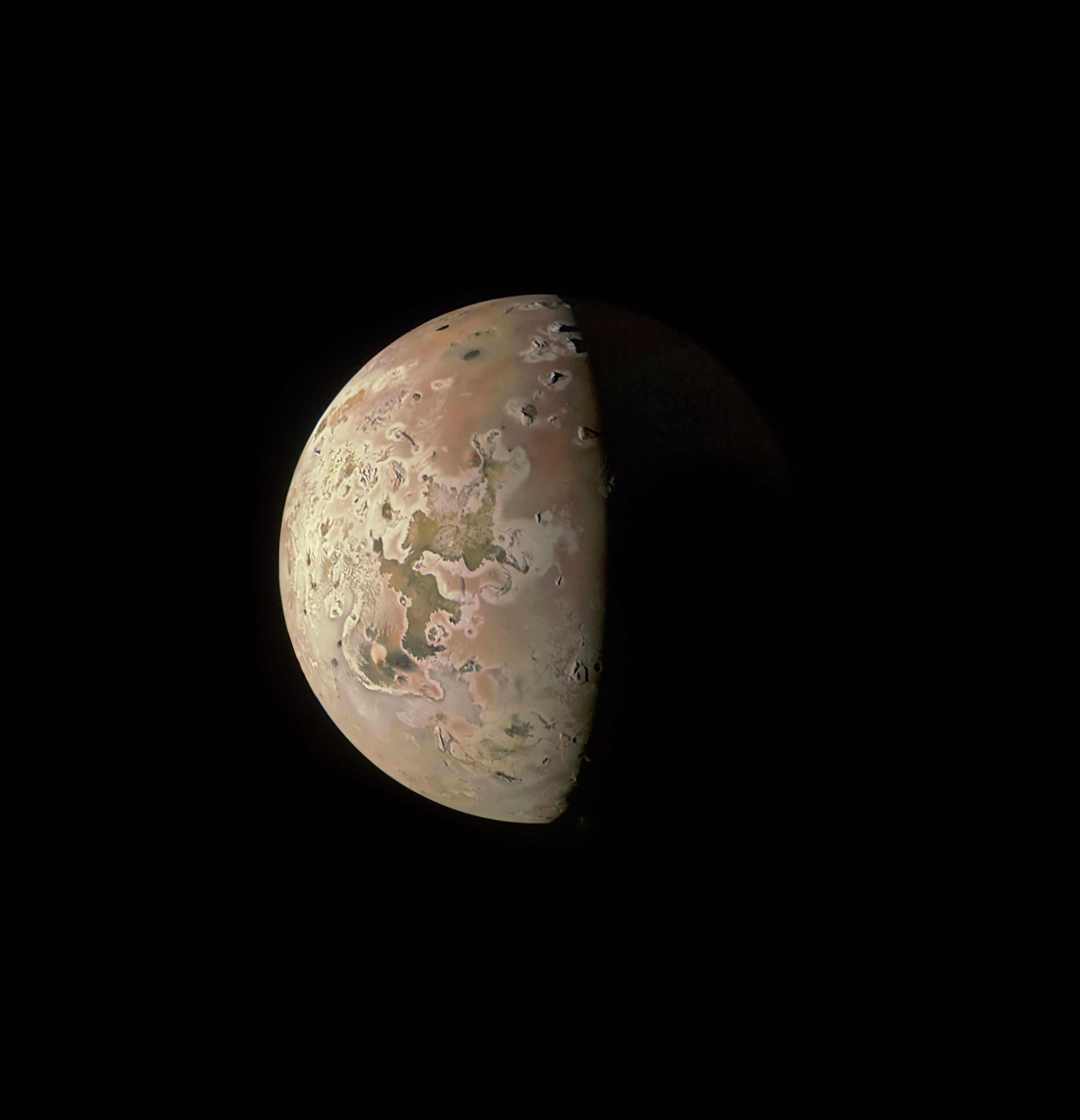
NASA’s Juno to Get Close Look at Jupiter’s Volcanic Moon Io on Dec. 30
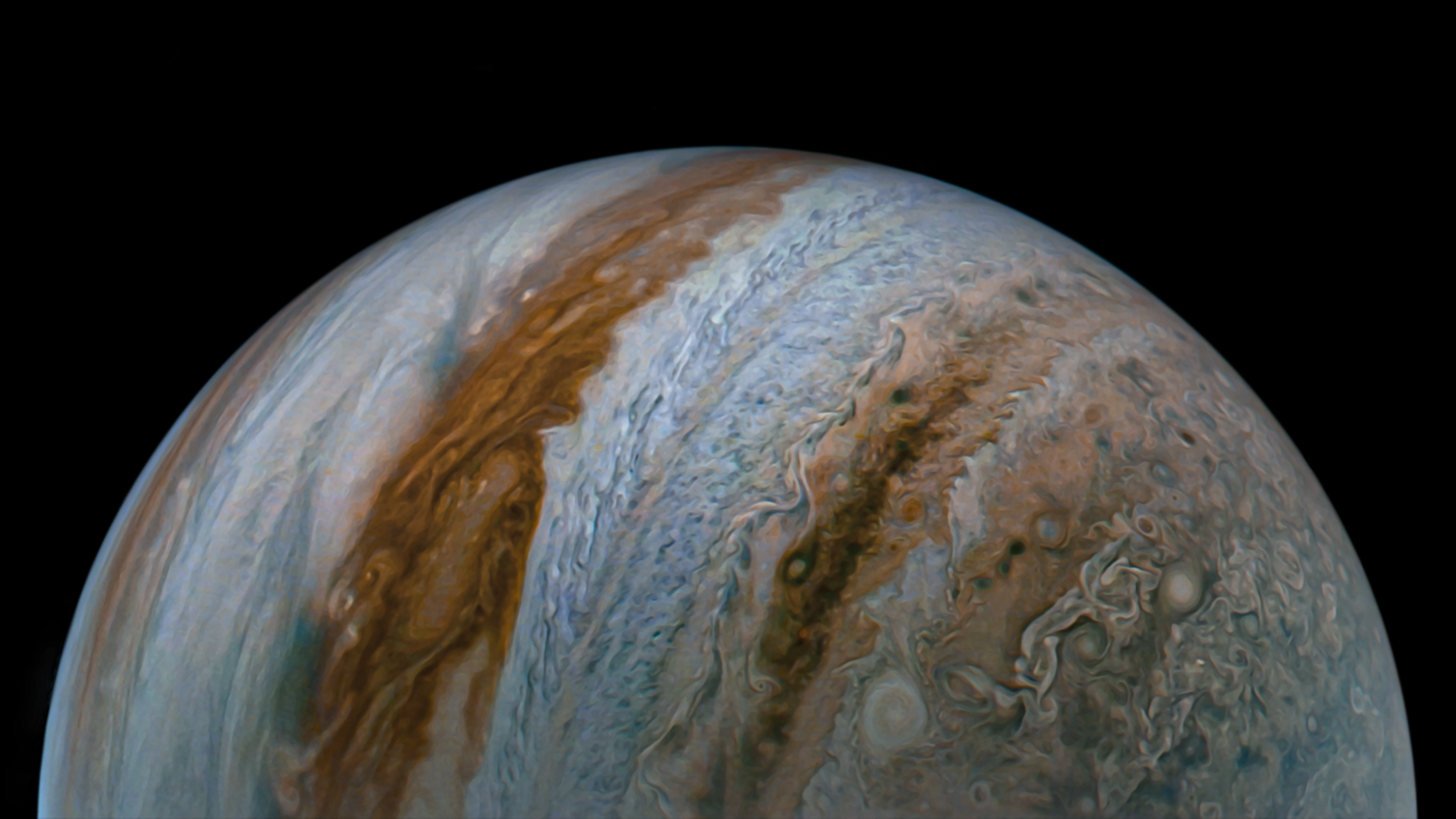
NASA’s Juno Finds Jupiter’s Winds Penetrate in Cylindrical Layers
Juno's Io Encounters
Consecutive flybys of Jupiter's moon Io – the most volcanic world in our solar system – offered the nearest view since the Galileo orbiter visited in 2001.
Juno had monitored Io from afar since the spacecraft arrived at Jupiter in 2016. Then, as part of its 57th and 58th orbits around the giant planet, Juno came within roughly 930 miles (1,500 kilometers) of Io's surface – less than the distance between Los Angeles and Seattle. The close passes, on Dec. 30, 2023, and Feb. 3, 2024, allowed scientists to compare data and images from these visits with previous observations that Juno and other craft made of this volatile world, slightly larger than Earth's Moon. Io is caught in a tug-of-war between Jupiter's powerful gravity and the smaller pull from two neighboring moons, churning its insides and creating eruptions and lakes of lava that cover its surface. Meanwhile, the gravitational pull Io exerted on Juno during the Feb. 3 flyby has reduced the spacecraft’s orbit around Jupiter to 33 days. It originally had been circling Jupiter and its environs in 53-day orbits, after it arrived at the king of planets on July 4, 2016.
Read More About the Dec. 30 Flyby
Jupiter's Volatile Moon, Io
The turbulent world is dotted with hundreds of volcanoes, some erupting so powerfully they're visible with large telescopes on Earth
The moon – one of four that astronomer Galileo Galilei discovered to be orbiting Jupiter in 1610 – is caught in a gravitational tug-of-war between its sibling moons, Europa and Ganymede, and the massive Jupiter. This creates tremendous tidal forces, like ocean tides on Earth, but which cause Io's solid surface to bulge up and down (or in and out) by as much as 330 feet (100 meters).
Read More About Io
Image processing by Alain Mirón Velázquez © CC BY

